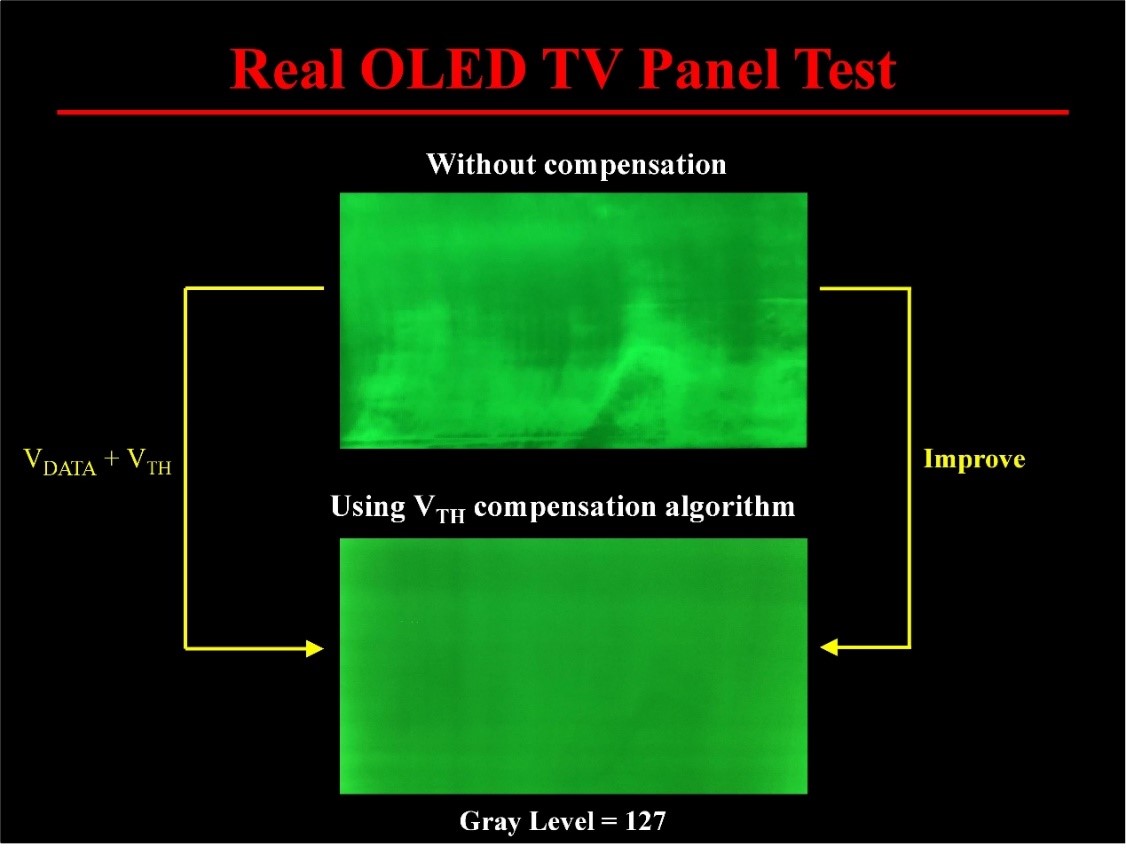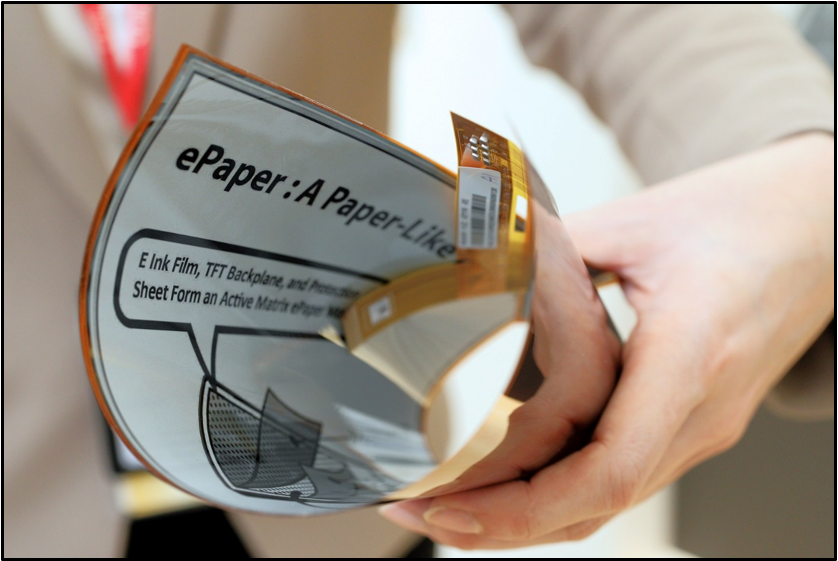

|
In recent years, with the continuous development of artificial intelligence (AI), the display technology field has become a prominent application area. Particularly in AMOLED and micro-LED displays, we often encounter various issues such as luminance degradation of light-emitting elements, aging of devices, crosstalk, I-R drop/rise, and temperature effects, all of which can impact the luminance uniformity of the display. Utilizing convolutional neural networks (CNN) to directly extract luminance features from display images, applying machine learning (ML) methods to quickly classify pixels with different luminance levels, and employing neural networks (NN) to predict the luminance degradation trends of displays can all significantly and efficiently improve luminance uniformity. Moreover, in electronic paper technology, AI models can similarly replace manual waveform adjustments, greatly reducing the time and cost associated with manual tuning. Furthermore, AI models can identify optimal waveforms, thereby increasing the refresh rate of the display. Finally, the developed models and compensation mechanisms can be rapidly verified using field-programmable gate arrays (FPGA) due to their short development cycles and high flexibility. AI technology not only enhances the performance and quality of displays but also significantly improves production efficiency, bringing new opportunities for the display industry. Below are the external compensation algorithms developed by the laboratory for different applications: |
